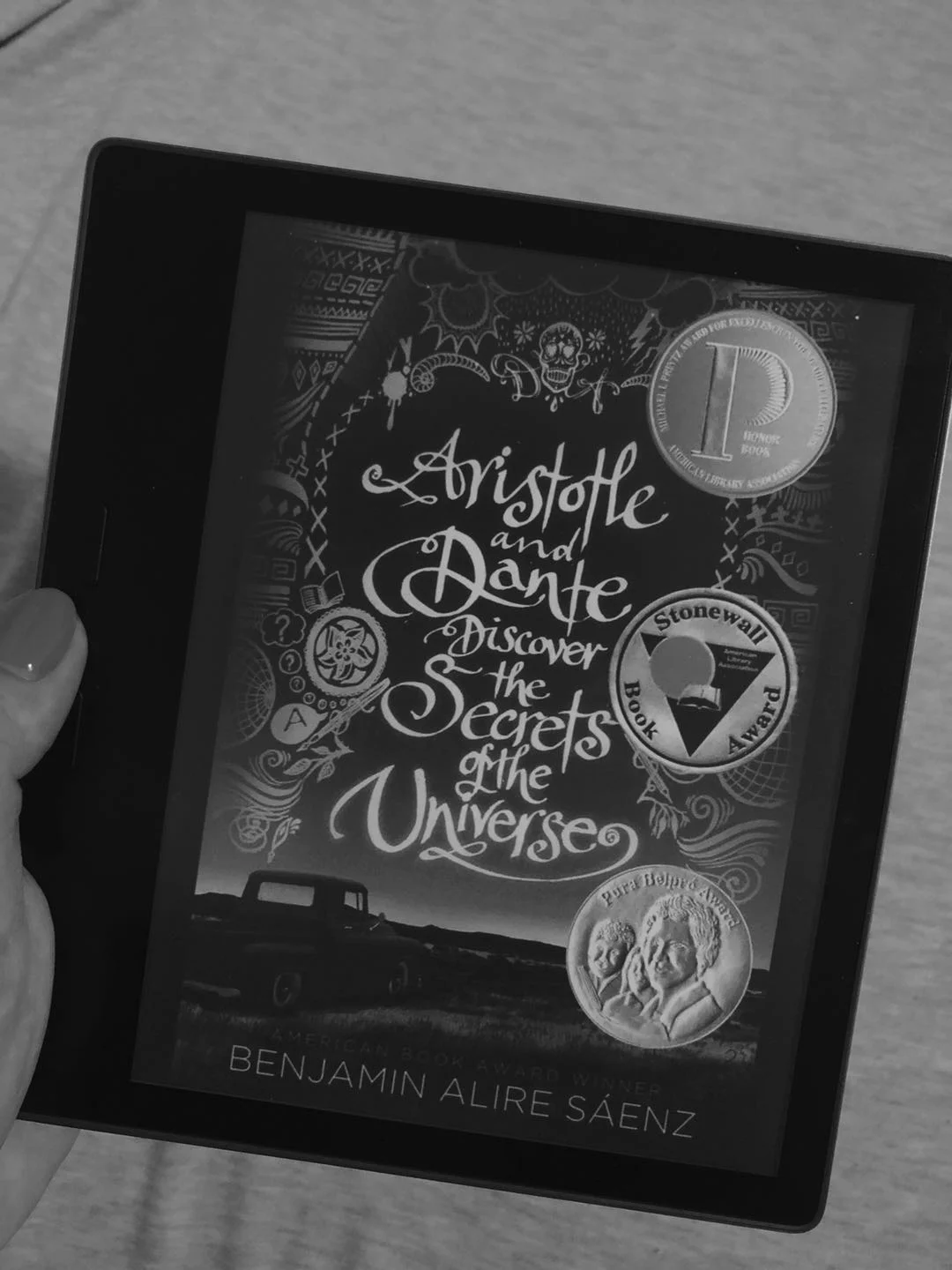L'Homme Qui Rit by Victor Hugo
L'Homme Qui Rit---- The Man Who Laughs is a brilliant novel written by Victor Hugo.
I believe that this novel was not published for three years after its completion, until 1869, and was met with a candidly cold reception from both the readership and the critics, who were repulsed by the magnitude of the work. This is a long read, considered yourself warned.
This is not an easy read as Hugo tends to discourage the reader towards the beginning of the novel with a long, drawn out description of seemingly mundane details. However, what you find interwoven through the dry passages is of such exquisite beauty, that it is often worth pressing onward.
The Man Who Laughs is a sad and sordid tale of the protagonist, Gwynplaine in early 18th century England. This poor little boy is deformed as he had his lips cut off and his mouth split open from ear to ear, mimicking a creepy smiley face. His face is frozen in a permanent rictus which makes him the subject of mockery. This tragic destiny echoes that of an entire martyred people, waiting for the coming revolution.
Through this book, Victor Hugo intended to write a novel about the aristocracy in England. This mirrors a second novel about the monarchy in France (which was never completed) and a third novel about the French Revolution (Ninety-Three, published in 1874), the main theme is to demonstrate how the excesses of monarchy against the people inevitably led to rebellion and the famous French Revolution.
The character of Gwynplaine is an embodiment of the “people”
“I am a monster, you say. No, I am the people.”
“I represent humanity as its masters made it. Man is a mutilated being. What has been done to me, has been done to this entire human race.”
His destiny as the Man Who Laughs is that of a whole people, a mass of men and women tormented by an arbitrary and arrogant power, that of the lords and from which the right to complain has been taken away. In its misery, the people have to laugh.
Therefore, Gwynplaine’s speech at the Chamber of the Lords (II, 8) is decisive for the comprehension of the novel. During this speech, Gwynplaine fiercfully criticized the wealth of the powerful classes and became the prophet of the people. This intervention is the expression of a people that introduces itself into the political life, which is prophecy of the Revolution.
“A time will come when a shudder will break your oppression, when a roar will answer your jibes.” p.701
Gwynplaine, a symbol of the people, is a character in Hugo’s work somewhere between Quasimodo and Mirabeau. In the Hunch-back of Notre-Dame (1832), Quasimodo, the deformed hunchback of the cathedral, embodies the people at their lowest, being a barely human monster. Gwyneplaine, in The Man Who Laughs, embodies the people disfigured by power, but who managed to progressively step into politics, and prophesizes the Revolution. Finally, Mirabeau, in Napoleon the Little (1852), is a historical character of the French Revolution, nicknamed “the friend of the people”, and embodies humanity that has eventually been freed, freed from the enslavement of the dictators and an actor of his own destiny.
Therefore, in Hugo’s work, us readers can see a lot of a philosophy of history and a philosophy of progress. The theme of emancipation of the people is a red herring throughout his whole work and The Man Who Laughs is its central link. What I can say is, this novel synthesizes all the themes Victor Hugo felt strongly about. If you had to choose one novel of Victor Hugo, pick this one.



